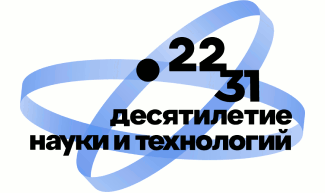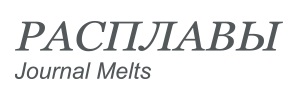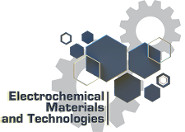New electrochemical method of obtaining titanium-, zirconium-, and hafnium-alumina master alloys, even as nanosized powders, based on simultaneous two processes occurring: electrochemical introduction of titanium, zirconium or hafnium ions in molten electrolytes and their exchange interaction with liquid aluminum metal was developed. The titanium, zirconium or hafnium ions are introduced to the molten salt system (CsCl-NaCl) by anode dissolution of corresponding metals. Proposed method allows decreasing power costs significantly, and regulating the structure of obtaining master alloys by electrolysis parameters changing (molten salt temperature, concentration of metal in the molten salt, anode current density, etc.)
Developed method allows obtaining:
- Aluminum-zirconium master alloys with zirconium content up to 57 wt.%;
- Aluminum-titanium melts with titanium content up to 2 wt.%.
Advantages:
- For the first time the method of zirconium and titanium introduction into the melt by electrochemical method at their direct contact with molten aluminium was applied. This allows eliminating zirconium and titanium tetrachlorides carrying away and producing aluminum alloys with different content of zirconium and titanium;
- The method has relatively low hazardous emissions into atmosphere or wash waters as well as it is not highly explosive comparing to conventional multisteps gas methods for master alloy production;
- As a zirconium (titanium) containing agent the metallic zirconium (titanium) can be used instead of their volatile hydroscopic salt that significantly simplifies the Al-Zr (Al-Ti) alloys production process.




